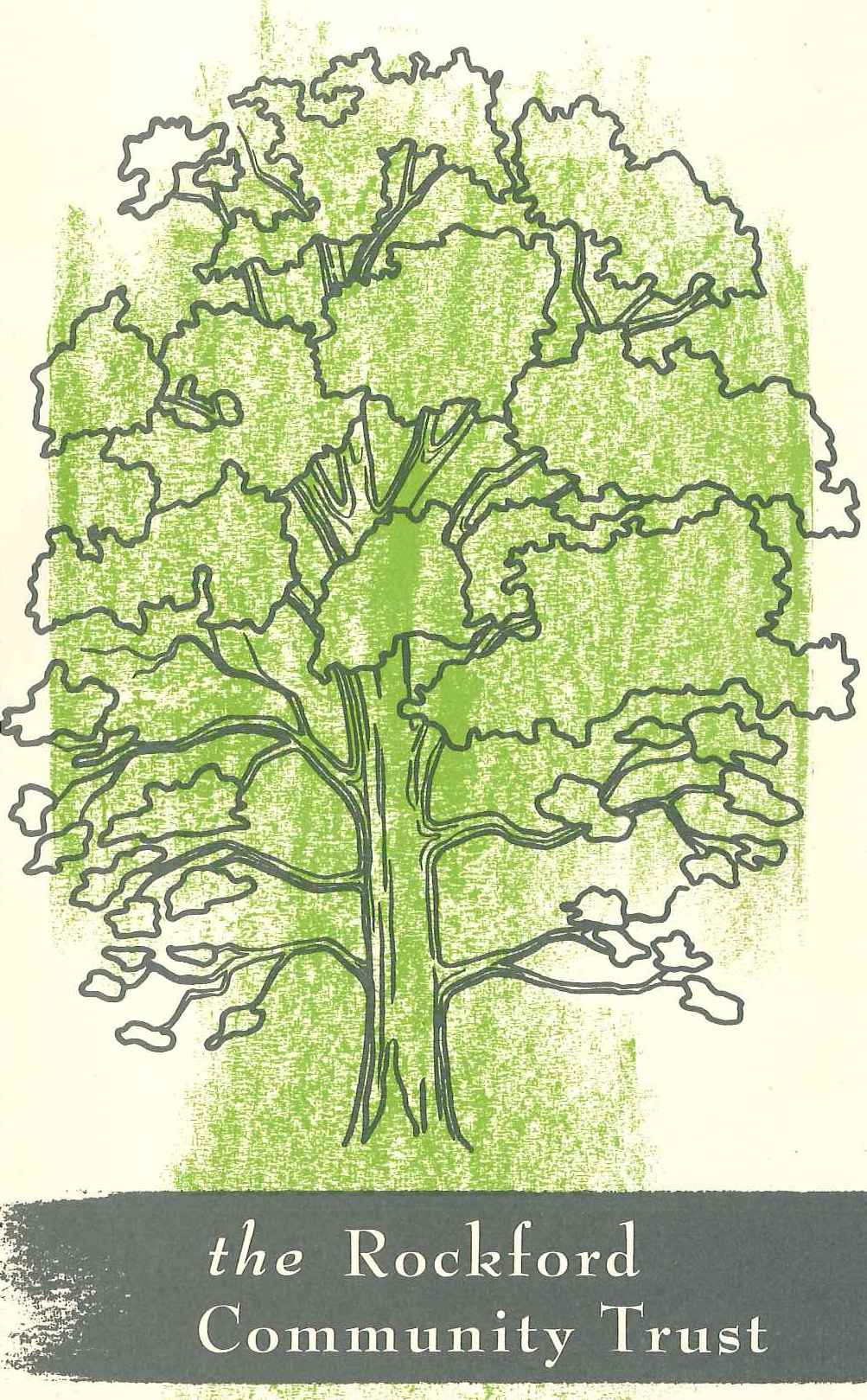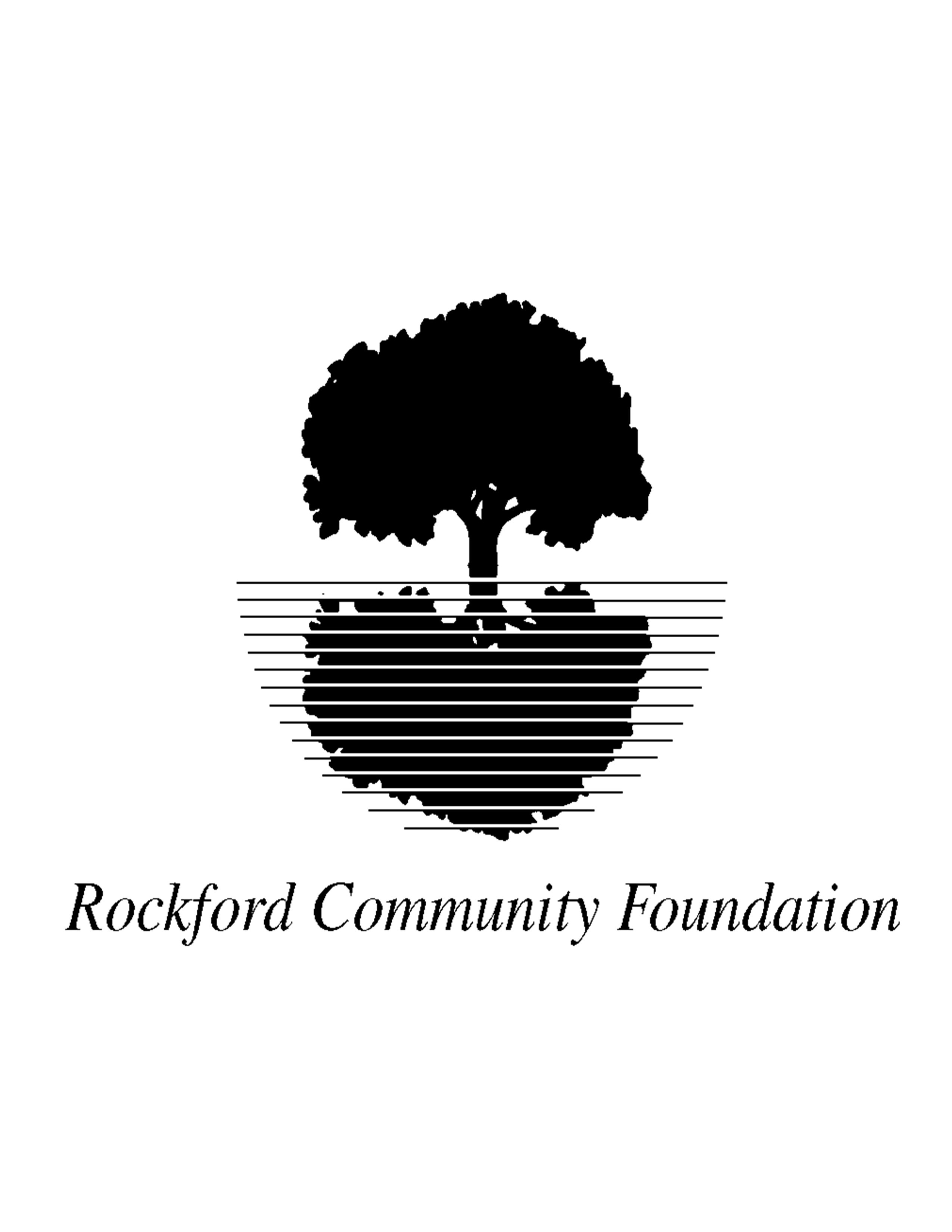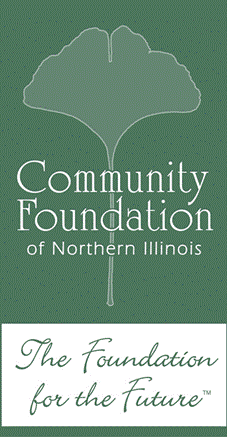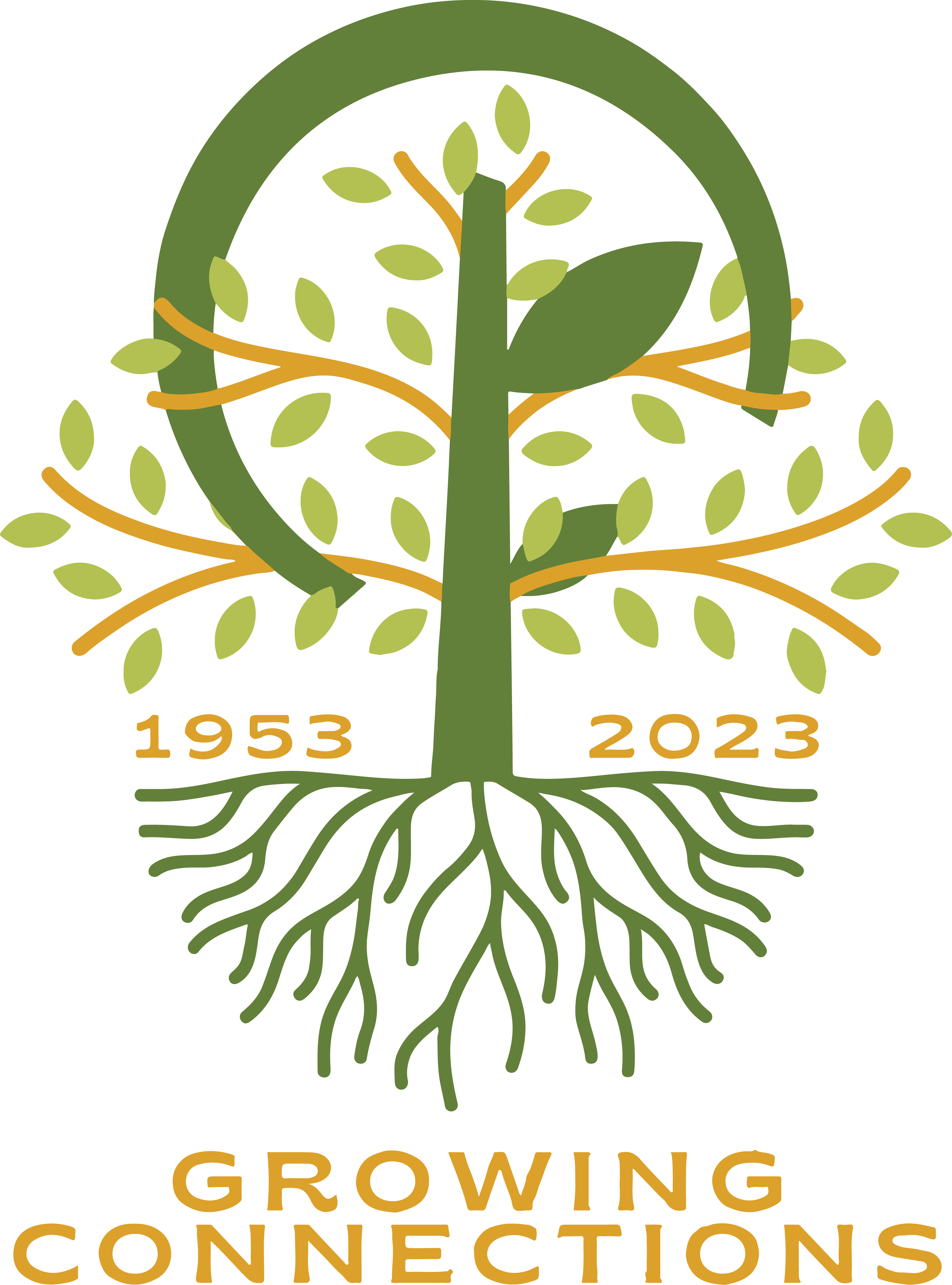Mission and History
The VISION of the Community Foundation of Northern Illinois:A healthy, sustainable Northern Illinois supported by partnerships fostered by CFNIL. The MISSION of the Community Foundation of Northern Illinois:To inspire endowment and promote philanthropy for the current and future needs of the people of Northern Illinois. Founded in 1953, the Community Foundation of Northern Illinois (CFNIL) is a regional leader in philanthropy. With more than $140 million in assets and more than 400 individual funds, CFNIL makes grants to charitable organizations and scholarships to local students. CFNIL's grant and scholarship programs are made possible by the generosity of CFNIL's donors. Our donors come from all walks of life but are united in their commitment to the community and the recognition that their charitable intentions will be preserved for generations through the power of endowment. Endowments at CFNIL are prudently invested and preserved to provide permanent funding for community needs. Over 90% of CFNIL's assets are permanently endowed, meaning that those assets will serve Boone, Ogle, Stephenson, and Winnebago Counties in perpetuity. |
Connecting community generosity to community needs since 1953
Founded as the Rockford Community Trust by a group of civic leaders who sought to establish a community "nest egg" for long-range community needs, the Community Foundation of Northern Illinois has grown dramatically in recent decades. CFNIL now serves four counties and invests over $4 million every year into the communities of Northern Illinois through grants and scholarships. Thanks to the foresight and generosity of hundreds of local donors, CFNIL provides a stable and growing source of dollars for charitable activities that benefit the people and places of our region.
Learn more about the foundation's history by clicking through the eras in the timeline below.
Learn more about the history of the building CFNIL now calls home at the bottom of this page.
 | In 1953 it was called the Rockford Community Trust. It had a name, a little money and some very big plans. Recognizing the potential of the fledgling organization, it became a founding member of the National Committee on Foundations and Trusts, predecessor to the Council on Foundations and along with the Chicago Community Trust and Milwaukee Community Foundation. In May 1953, the city’s most distinguished leaders serving on the boards of the Rockford Community Chest and the United War Chest Board created the Rockford Community Trust. The initial assets, $12,351, are the balance of the World War II United War Fund. The Trust’s purpose is to accept and distribute charitable gifts and bequests, to ensure that the donor’s wishes are carried out in perpetuity, and to build a permanent “nest egg” for long-range community needs. |
Early grants include:
- $1,650 to Freeman School to provide playground and therapeutic equipment for disabled students
- $1,000 to the Winnebago County Chapter of the National Foundation of Infantile Paralysis to purchase supplies of Salk vaccine to combat the community’s polio epidemic
- The Trust acts as custodian for the Washington Park Community Center Building Campaign, managing more than $30,000 to promote and complete the project
The Trust's assets grow to $64,581.
Grantmaking during the decade exceeds $120,000, including:
- $600 toward the establishment of the Rockford Chamber Orchestra
- $5,000 for the first community-wide needs survey, conducted by the Community Welfare Council
The Trust’s assets surpass $315,000.
The Barber-Colman Foundation contributes $3,000.
The Winnebago County Medical Society’s Victory Over Polio Committee gives $11,000, which is used to establish a children’s dental clinic and provide community support services.
The first Grants Committee is established to review grant applications.
The Trust celebrates its 25th anniversary.
The Trust makes grants totaling over $740,000, including:
- $1,000 to Rockford Civic Theatre
- $2,500 to the American Red Cross to purchase equipment for a CPR course
- $1,000 to Rock Valley College for its Educational Resources Center
- $4,600 to the Blackhawk Area Council of the Boy Scouts for outreach programs
- $4,000 to Illinois Growth Enterprises
- $4,500 to Rockford Symphony Orchestra for its “Symphony Goes to School” program
The Trust surpasses $5.5 million in assets.
Significant contributions enhance the Trust’s impact:
- $40,000 from the Gannett Foundation to stimulate the Trust’s growth through the hiring of its first paid staff and the establishment of an office at 333 E. State Street.
- $3.4 million from former shareholders of the Barber-Colman Co., including:
- $1 million permanent endowment for United Way of Rock River Valley
- $1 million permanent endowment for Rockford College scholarships
- $800,000 Barber-Colman Management/Community Needs Fund
- $600,000 Howard D. Colman Memorial Fund
- $250,000 from an anonymous donor establishes the Arts and Humanities Fund to support innovative arts projects and encourage new art forms. The Fund’s first grant is to Rockford Symphony Orchestra’s Kinderkonzert series.
Grants during the decade exceed $1.46M, including:
- $5,000 to Rosecrance Memorial Homes for Children
- $2,000 to Spanish Speaking Special Services
- $7,500 to Responsible Peer Programs, Inc.
 | The Trust moves its offices to the 13th Floor of the Talcott Building, 321 W. State Street. The Trust changes its name to the Rockford Community Foundation. The Trust receives grants from prominent national foundations to create significant new resources for the community:
|
Grants during this decade exceed $13.78M, including:
- $15,000, its largest grant ever, challenging the community to raise $100,000 for band uniforms for District #205’s four high school marching bands. An anonymous donor provides another $100,000 to create the permanent Band Wagon Fund for the ongoing support of District #205 high school band programs.
- $5,000 to AIDS Care Network
- $3,500 to Black Theatre Ensemble
- $5,000 to MOMS Health Consortium
- $5,000 to Rockford Area Arts Council
 | The Rockford Community Foundation changes its name to the Community Foundation of Northern Illinois to more accurately reflect the region it serves, encompassing Boone, Ogle, Stephenson, and Winnebago counties. The Community Foundation's assets surpass $80M and the organization celebrates 50 years of charitable service. A bequest from Verona Swenson allows the Community Foundation to purchase 946 North Second Street, the "Stone House." With many generous designated gifts for the building from caring individuals, the Foundation restores an architectural treasure for use as its permanent office and as a landmark for philanthropy in the region. The Carroll H. Starr Endowment Challenge was initiated to inspire nonprofit charitable organizations to establish endowments in order to help stabilize their institutions and build capital for ongoing needs. The Community Foundation establishes the Katrina Fund to raise dollars for the victims of Hurricane Katrina. A total of $246,021 dollars is raised and distributed to the Red Cross and Salvation Army to assist in rebuilding lives in the Gulf States. The Natural Disaster Fund is established in response to the flooding that devastated Rockford’s southeast side. |
Grants during the decade exceed $25M, including:
- $20,000 to Children's Home and Aid Society for gang and aggression prevention at Haskell Elementary School
- $30,000 to Burpee Museum of Natural History to implement a youth museum docent program
- $6,155 for Assult and Abuse Services of Stephenson County
CFNIL receives a game-changing gift.
The estate of Dr. Louis & Violet Rubin is left as a bequest. The gift ultimately totals over $24M, and allows CFNIL to:
- Offer a matching challenge to Rock Valley College, Rockford College, and Highland Community College, building scholarship endowments for local students;
- Effectively double awards made via the Community Grants program; and
- Launch Education Works, a strategic grantmaking initiative designed to support the regional education system.
Total assets surpass $120M.
The Eunice Wishop Stromberg Spelling Bee Endowment Fund is established to provide annual grants to the Regional Board of Education to support the winner of the Regional Spelling Bee trip to Washington D.C. to compete in the National Spelling Bee. With a $50,000 lead gift from the Stromberg Endowment, the greater Rockford community is challenged to raise another $50,000. The campaign surpasses its goal.
Rock the Air region-wide campaign is initiated with a $100,000 lead pledge by the Community Foundation. The purpose of Rock the Air is to inspire Embry-Riddle to build its 3rd campus in Rockford. The goal was $1,000,000. More than 800 pledges from ten states were made. Although Embry-Riddle did not locate here, the entire region came together to promote its worthiness as an aerospace center.
The Community Foundation in partnership with the Rockford Public Schools reaches the $300,000 BandWagon 2 goal. The endowment supports middle school music programs in District #205.

CFNIL makes its largest-ever single grant, $675,000 ($225k/year for three years) for "Linking Talent to Opportunity", a career-pathways-building program at Rock Valley College and Highland Community College
 | Total assets surpass $140M. CFNIL celebrates its 70th anniversary serving the communities of Northern Illinois. The 2020s include many milestones:
|
Total grantmaking exceeds $85M, including:
- $600,000+ (cumulative) via In Youth We Trust in support of youth services and supports
- $750,000+ (cumulative) via Neighborhood Grants Program in support of neighbor-led and neighborhood-serving projects
- $1.5M+ annually via Community Grants
- $500,000+ annually via CFNIL Scholarships
- $2.5M+ annually via donor-directed funds
History of the Lundberg Home
The house was initially built in 1915 for Charles and Olga Lundberg and was affectionately known as “The Stone House.”
Charles Lundberg was the founder and president of the Cooperative Furniture Company, Rockford World Furniture Company, and The Empire Ltd. He was deeply involved in the design of the home – for example, Charles lovingly chose each piece of planking for the hardwood floors. The house’s architect was Frank A. Carpenter, who lived in Rockford his entire 84 years. He owned his architecture firm for over 40 years and was a graduate of the University of Illinois and a member of the American Institute of Architects. Charles and Olga occupied the home until the mid-1940s when they moved to California to be closer to their son Karl and their daughter Karin.
The exterior exhibits many colonial characteristics: its symmetry, large front porch, window fenestration, two symmetrical wings, dormers, and side-gabled roof. There are also Craftsman touches with the glazed brick to outline the windows and chimney. One thing that makes the house so unique is the use of Indiana limestone as the primary building material. During the renovation, the front terrace was replaced with repurposed stone from the steps of the Art Institute of Chicago. The interior is an ode to the Arts and Crafts movement, with a beautiful example being the Massachusetts Grueby Tile that adorns the foyer.
In the summer 1986 issue of Nuggets of History, written by Hazel M. Hyde, the house was featured not because of its beauty or prominence of the occupant but because of its possible destruction – it was desired as a parking lot! Through the advocacy of the City of Rockford’s Historic Preservation Commission and later the efforts of Bill Keating, steps were taken to preserve this historical landmark. In the late 1990s, Bill Keating purchased the property from the YMCA. It was his intention to restore the home to its former grandeur.
View a timeline of the owners of The Stone House >>
Thanks to a bequest from Verona Swenson, the CFNIL was fortunate to purchase the house in September 2000, just as the Foundation was outgrowing its current space in the Talcott Building in downtown Rockford. Due to the generosity of many donors, the Marlowe Center of Philanthropy was renovated and introduced in 2001. Although the house functions as an office, every attempt has been made to preserve the architectural integrity and atmosphere of the Stone House. Architect David Hagney and interior consultant Sarah Bell carefully and artfully blended “form” and “function” during the restoration.
Learn more about the History of the Lundberg Home >>
